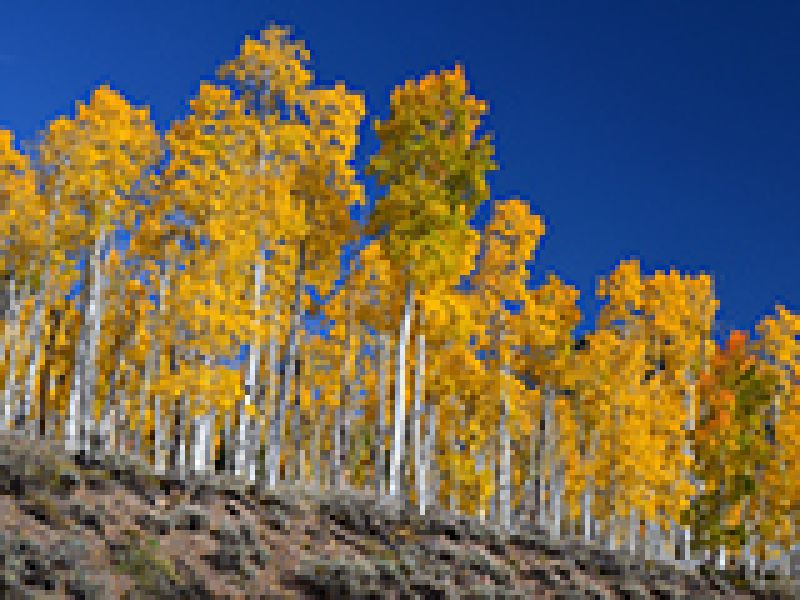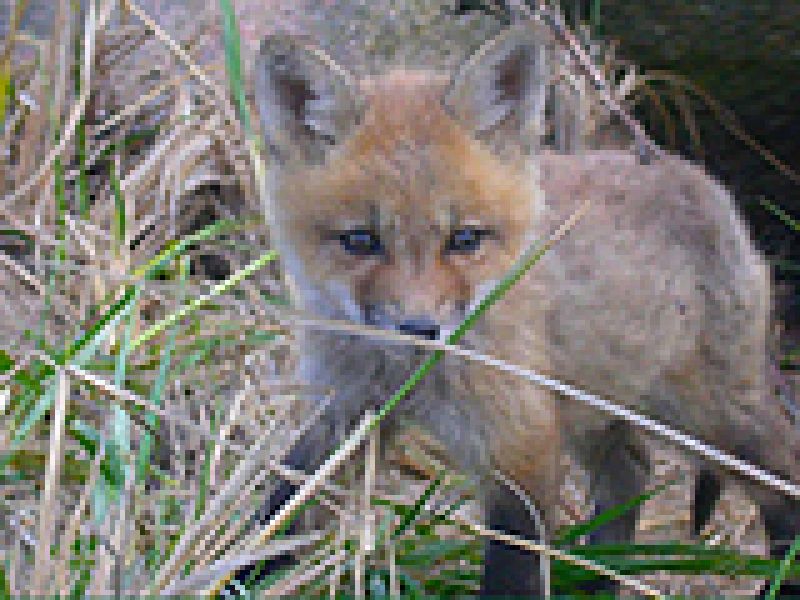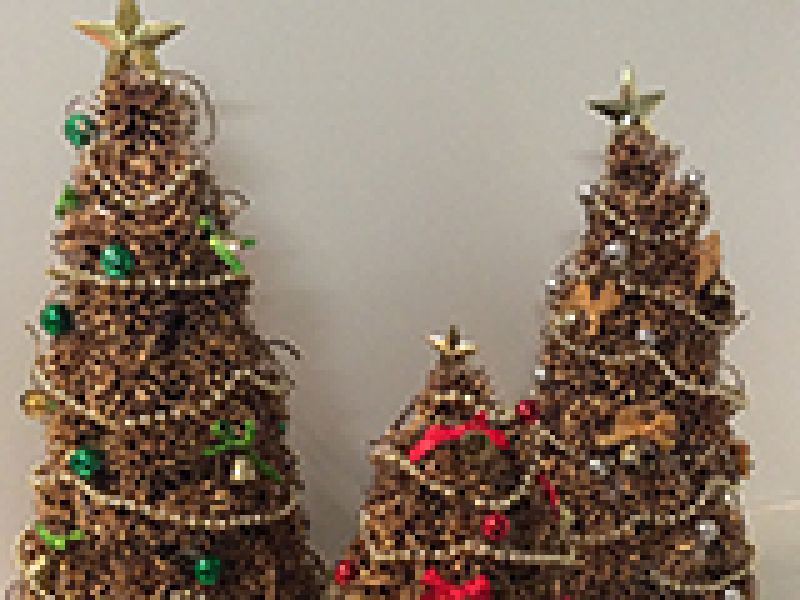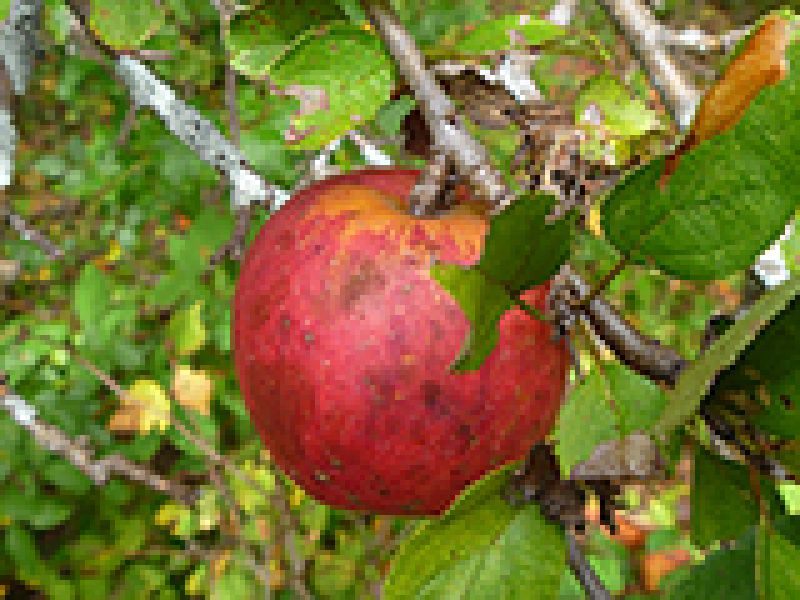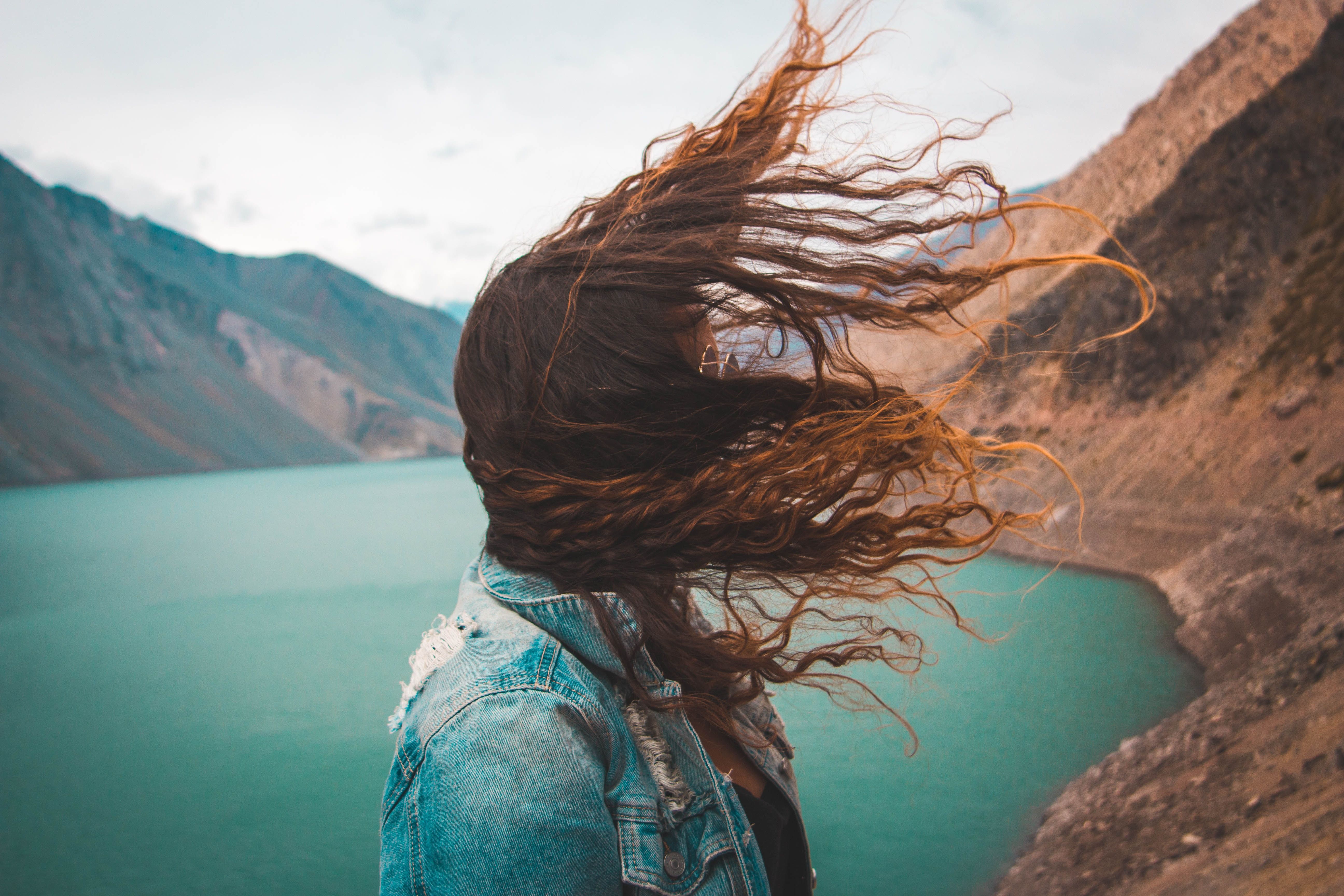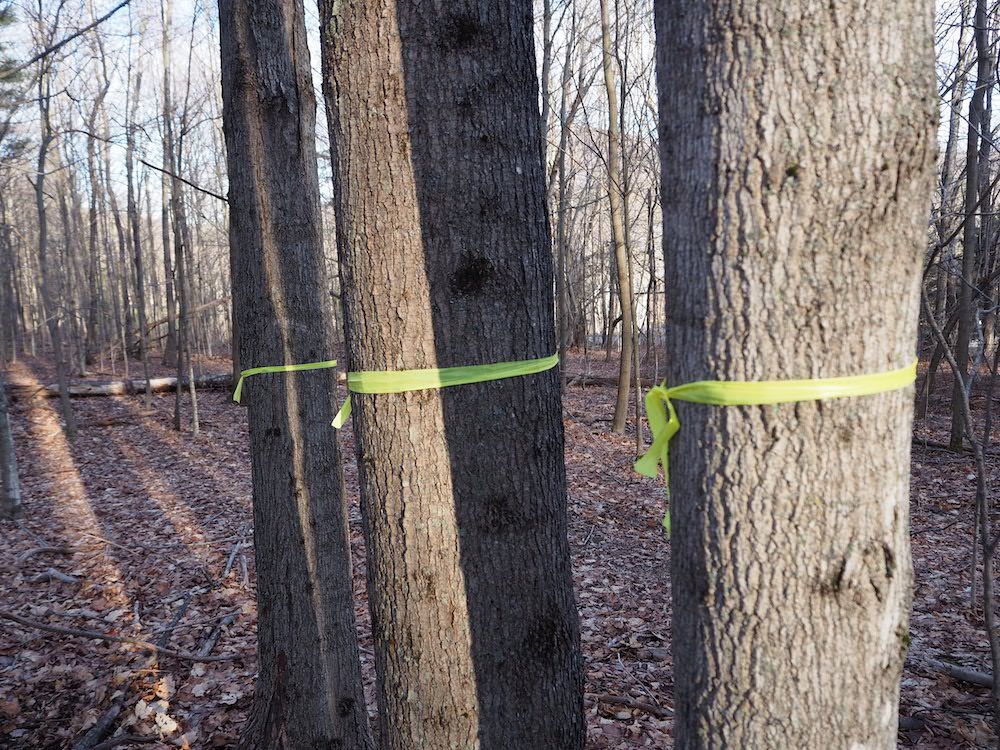Mother Nature takes issue with the idea that NYC’s drinking water is unfiltered.
Here in the Forestry Program at the Watershed Agricultural Council, we like to say that “woods wash water.” This might come as a surprise to you, since woods are full of soil, plants and animals – how could woods possibly do the washing up?
Well, in a watershed that’s exactly what they do.
We know that a watershed is the area of land that drains its water into a particular body of water, like a reservoir. If you want to drink out of that reservoir, you are going to want LOTS of woods in your watershed.
As rain and snowmelt flow down through a watershed, the plants, soil and roots of the forest act like a big sponge – soaking up water, slowing it down, and trapping loose soil, litter and chemicals. Thanks to the forest, there’s less erosion, flooding and pollution downstream.

In a watershed, woods wash the water as it flows downhill into streams and rivers.
The woods are so good at washing water that the drinking water that comes from the Catskill region of the NYC Watershed never goes through a filtration plant – instead the forests filter it naturally! In comparison, water from the Croton region of the NYC Watershed (which supplies up to 10% of the city’s water) does get filtered by a filtration plant that’s buried under the Mosholu Golf Course in Van Cortlandt Park in the Bronx.

The Croton Filtration Plant came online in 2015 to filter some of New York City’s drinking water. (Photo courtesy of hazenandsawyer.com)
Why the difference?
It comes down to the amount of woods in the two watersheds. The Catskills are 90% forested while just 60% of the Croton region is covered in forest. This loss of woods (to development, like roads, buildings and parking lots) means we now have to use technology to help filter Croton water. Back in the Catskills, however, the forests cover so much of the landscape that they are able to filter the water on their own without the help of technology.

Buildings, roads and parking lots dot the landscape of the Croton Watershed, which is 60% forested and supplies about 10% of the city’s water. (Photo courtesy of the NYC-Department of Environmental Protection)

Forests and farmland dominate the landscape of the Catskill Watershed, which is 90% forested and supplies about 90% of the city’s water. (Photo courtesy of the NYC-Department of Environmental Protection)
The Watershed Agricultural Council works with the farmers and forest landowners across the entire NYC Watershed to help them take good care of their woods in order to protect water quality. It’s important that people can produce timber and other products from their land so they can make a living while keeping the woods intact and the water clean.
We want to make sure there are lots of healthy forests across our region now and into the future. MyWoodlot is here to help you find new ways to enjoy and care for your woods so you can help ensure that woods will continue to wash water for generations to come.
